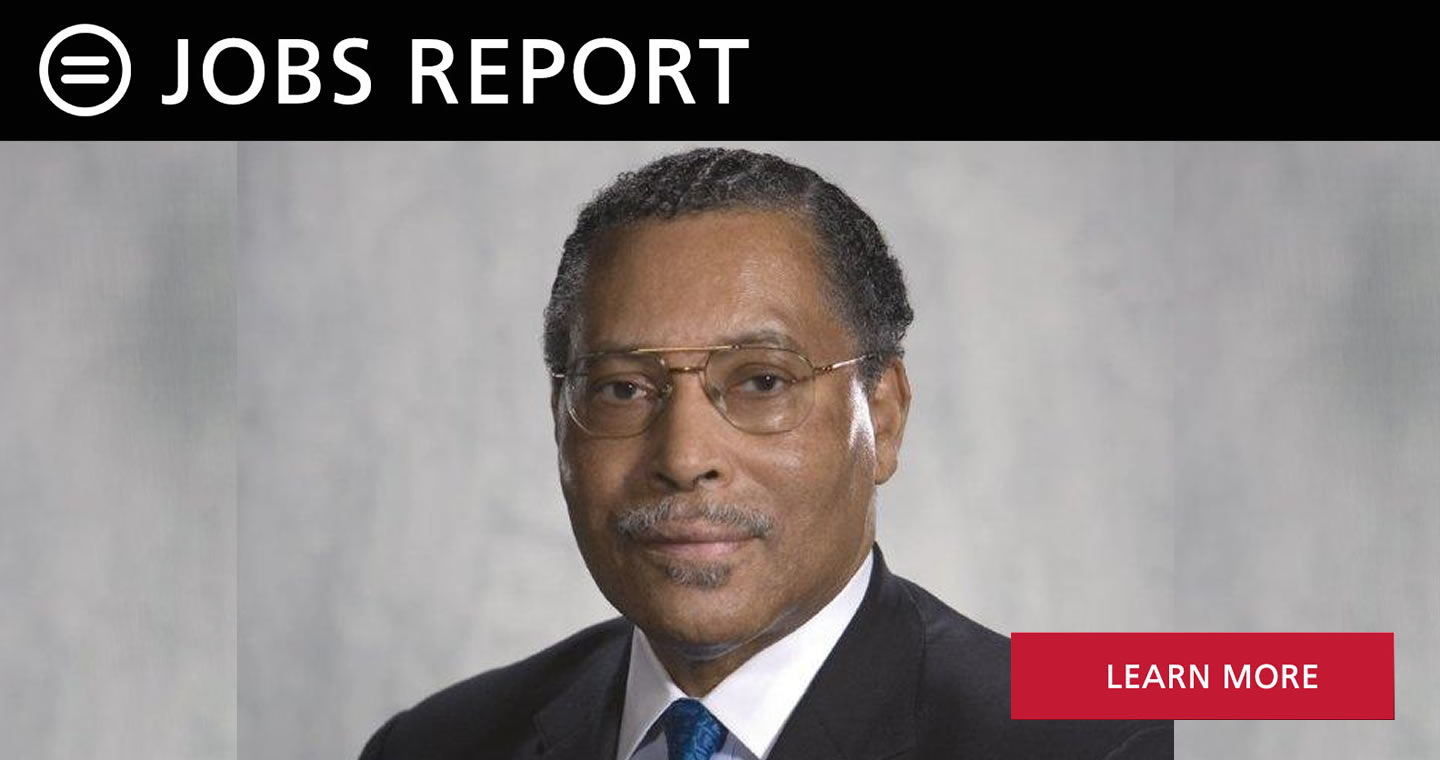September Black Jobs Report

By Bernard Anderson, PhD
Whitney M. Young Professor Emeritus, The Wharton School of the University of Pennsylvania
Chief Economic Advisor, National Urban League
While employment continued to grow and the unemployment rate has fallen to a 50-year low, the downside of September’s job report is the pause in wage growth. And while Black unemployment is historically low, it persistently remains twice the rate for white Americans.
Consumer spending is driving economic growth, but there are storm clouds on the horizon. The U.S. trade war with China, slow economic growth in the Eurozone, Brexit, and the persistently strong dollar all create uncertainty that is depressing business investment, the second most important driver of economic growth and job creation.
There is little evidence that the economy is bordering on recession this year, but slowing growth, if coupled with no resolution of the trade war, and wage stagnation could depress consumer confidence. That could tip the economy into recession sometime next year. That is the challenge the Federal Reserve Board faces in forging monetary policy in the next few months.
Average hourly earnings remained unchanged in September following an 11-cent gain in August. Over the last year, hourly earnings grew 2.9%. The pause in wage gains does not bode well for income growth or consumer spending.
The long uninterrupted economic expansion following the Great Recession is now in its 10th year, the longest expansion in U.S. history. Black workers have benefitted from the steady job growth and tight labor markets.
In September, Black employment grew by 77,000 and the black unemployment rate remained unchanged at 5.5 %. In comparison, white worker employment grew 501,000 and the unemployment rate declined 0.2 to 3.2%. As a result, the Black/white unemployment gap drifted up to 1.72.
Over time, the racial employment disparity remained at or near 2:1. Long, steady job creation over the last decade contributed to reducing but did not eliminate the racial employment gap. Slowing economic growth does not augur well for further movement toward employment parity.
The U.S. Bureau of Labor Statistics reported that in September, payroll employment grew 136,000: 114,000 private and 22,000 government. The unemployment rate dipped 0.2 of a point to 3.5%, a 50-year low.
Monthly job growth slowed markedly over the year, averaging 161,000 in 2019 compared with 223,000 in 2018.
Job growth is concentrated in the service-producing sector, led by health care (39,000) and professional and business services (34,000). Manufacturing, retail trade, construction, and other major industries either showed little job growth, or loss of jobs.
The tight labor market shows job openings persistently exceed hiring, reflecting continuing difficulties employers face in finding workers who meet hiring standards. The labor force participation rate – the proportion of the working age population that is employed or seeking jobs – remained unchanged for the last quarter.

